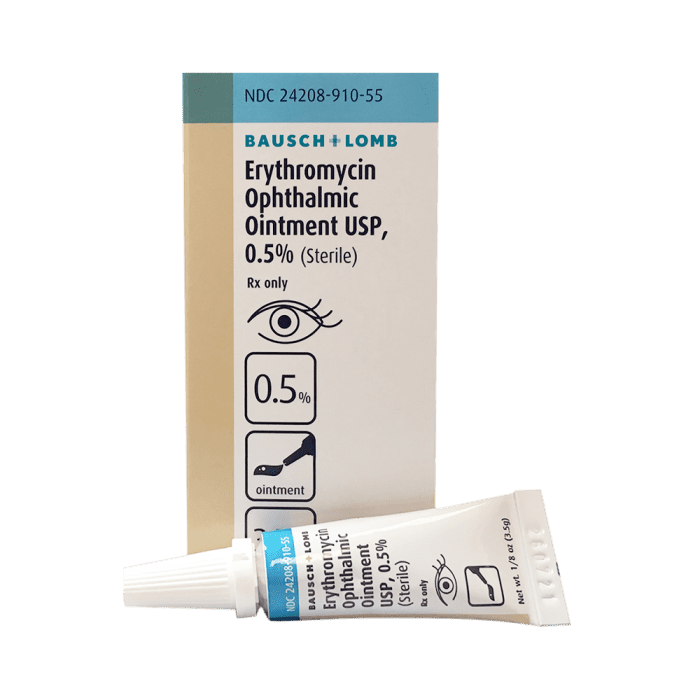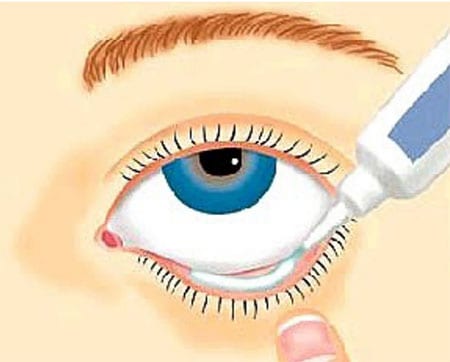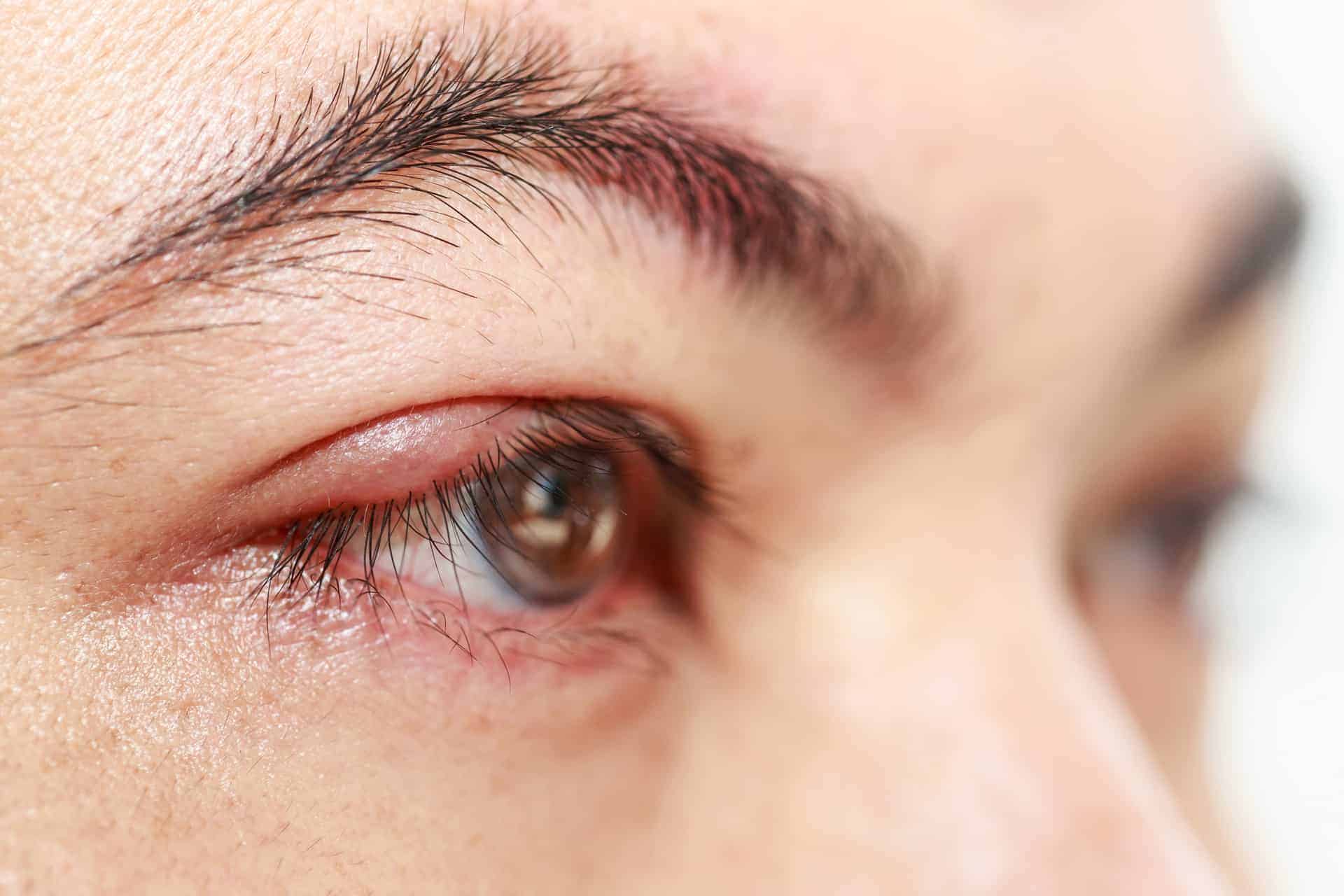Erythromycin ophthalmic ointment, belonging to a group of medications called macrolide antibiotics, is an eye ointment that is used to treat eye infections caused by bacteria. Since they come under the category of antibiotics, they kill bacteria and cure bacterial infections like conjunctivitis. However, it is essential to know that erythromycin cannot treat eye infections caused by a fungus or a virus.

If you have become a victim of these bacterial infections and probably have the erythromycin in your hand but are stuck with – ‘How to apply erythromycin to eye?’, hop on! This article will cover all the necessary details that you must know regarding the correct use of eye ointment.
How to Apply Erythromycin to Eye? Erythromycin Ointment Uses
Before you move on to the application of erythromycin, you should know where it is used, as in the eye infections the ointment can be used for.
However, make it necessary that you consult your doctor once regarding your eye condition before applying it.
Neonatal Conjunctivitis
Also called ophthalmia neonatorum, erythromycin is super safe and can help prevent loss of vision due to bacteria.
Blepharitis
The inflammation of eyelids caused by bacteria on the skin can again be treated with erythromycin, which your doctor will also prescribe.

Bacterial Keratitis
The infection of the cornea, or bacterial keratitis, can be, yet again, well treated with erythromycin ointment.
How To Apply Erythromycin To Your Eye Correctly?
Before you move on to the ointment application, you must know the following things to be taken care of before applying erythromycin.
- Let your doctor confirm the infection based on the sample of eye discharge or eye examination.
- Inform your doctor about any allergies regarding erythromycin or other drugs in this medication.
- Make sure you do not have your contact lenses on. This will only make things difficult for you by moving them out of their position or creating a coating on them.

A few steps below will help you get the proper application of erythromycin eye ointment.
Steps:
- The first and foremost step before applying anything on your face or your eyes should be cleaning your hands. You do not want to get your eye more infected with all the nasty germs that have been riding along on your hands or fingers.
- Standing in front of the mirror will help you put the ointment in place.
- Tilt your head in the backward direction and look up.
- Pull your lower eyelid to make space between your eye and the lower lid. The room is created for the ointment.
- Make the tip of the ointment point towards the space, and make sure you place it close enough for the ointment to fall into the right place but not too close that the tip touches your eye.
- While looking away from the tip, squeeze some ointment into the space. The little amount usually corresponds to half an inch or 1 centimeter.
- After applying the ointment, gently leave your lower eyelid and let the space you created be closed. Keep your eyes closed for about 1 to 2 minutes. The absorption process takes time, so make sure you wait and be patient.
- If there has been an excess, wipe it off gently without rubbing your eye.
- You may experience blurred vision for a while, so do not go out or drive or do anything that can cause a problem.

- An important step is stopping eye ointment if your doctor suggests it. The reason is that if your infection is not cured completely, the bacteria become resistant to the antibiotics in the ointment.
Storage
Just as how careful you have to be while applying erythromycin, the same way you got to be cautious with its storage. Firstly, keep all kinds of medications away from children and pets. Apart from this, close the cap tightly after using it. The best temperature to store it is at the average room temperature, between 15-30 degrees Celsius. Please do not keep it in cold temperatures or freeze it. Additionally, avoid exposing it to moisture and heat.
See Also: Wow It Eye Cream Reviews | Legit Or Hoax?
Side Effects
If you are using erythromycin, you may want to check out some of the side effects that can happen to some people, just so that you are aware of these and can immediately consult your doctor.
- Redness of the eye
- Burning sensations
- Rashes
- Swollen face, throat, or tongue
- Difficulty in breathing
- Itchiness

If you experience these or anything else that may not be provided above, get back to your doctor, so things do not get worse.
Dosage
The dosage mentioned below is an average idea; it may differ from person to person based on medical history.
- For Adults: Using about 1cm of erythromycin should also be suitable for an average adult or child. It is to be applied up to six times a day. However, this also depends on how severe your infection is.
- For newborn babies: Newborn babies are treated with erythromycin at birth by applying 1cm of it once.
Note: Everything shared in this brief guide is supported by legit sources.
Final Thoughts
Always reach out to your healthcare professional for the right prescription to avoid severe infections, allergies, overdoses, or side effects. Also, please refrain from using any ointment or drops you see online. Without a proper prescription, anything can damage your eyesight or make you blind.